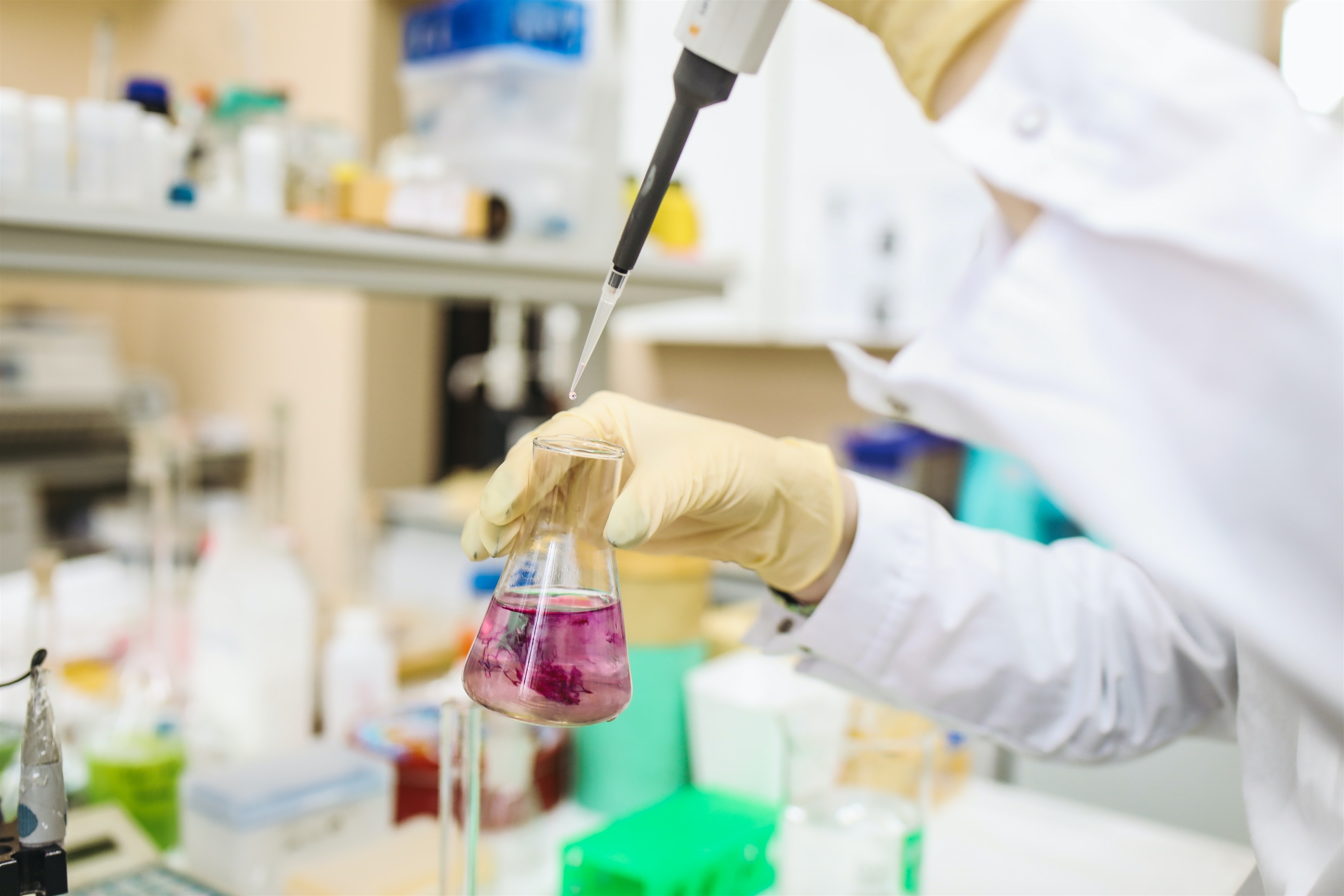Forensic chemistry laboratory: does it work just like in CSI?
First of all, a premise: forensic chemistry means the application of scientific principles and chemical analysis to the resolution of legal issues. A great way to identify known and unknown substances and to trace their origin, as evidence is left behind when a crime is committed.
Let us look below at some practices that are often used by practitioners in relation to the clues found at the scene of the crime.
- Hidden blood
The investigator has to deal with the cunning of the perpetrator of, for example, a murder: the murderer has had time to clean up the area involved. Painstaking work must be done and traces of blood not visible to the naked eye must be checked.
In the Kastle-Meyer test, simply touch a cotton swab to a spot where there might be blood, drip Kastle-Meyer's solution on it and observe how quickly the swab turns pink: if it only takes a few seconds, it is blood.
This test is effective because the iron contained in haemoglobin acts as a catalyst, speeding up the transition of the chemical phenolphthalein from colourless to pink due to electron loss.
The Kastle-Meyer test is effective for blood on small spots, but not on a large area. In this case, luminol can be used: once sprayed on the blood it will allow it to glow in the dark. Subsequently, by photographing the blood pattern, it will be possible to trace how the victim was killed.
Again, the iron accelerates the loss of electrons by the luminol: the result is the production of another chemical that has a lot of extra energy and is able to give off light for about thirty seconds.
Like the Kastle-Meyer test, luminol can give false positives when reacted with metals, vegetables and other things. Luminol can also make the blood stain more difficult to analyse or destroy genetic markers in the blood that help identify the victim, making other tests preferable.
- Fingerprints
A burglar opened a window to escape, leaving perfectly formed fingerprints: oil, sweat and elements such as dirt help to trace the finger ridges.
Normal fingerprint powders stick easily to fingerprints if they are on a smooth surface. But they do not work as well on some plastics, on rough surfaces such as cardboard or on wet and sticky surfaces.
For these situations, there are other methods that exploit the way different chemicals react with the fingerprint and its chemical components. For example, one can fingerprint superglue vapours, which will stick to the fingerprint and solidify.
- Drugs
When you mix certain drugs with certain chemicals, you get another chemical that has a characteristic colour.
Thanks to rapid 'colour tests', potential drugs can be recognised:
- The Marchese test turns purple in the presence of heroin, morphine or opium; orange-brown with amphetamines.
- Scott's test turns blue with cocaine.
- Van Urk’s test turns purple with LSD
However, these tests alone can only indicate which direction to move in and are not infallible as they are not specific to a drug compound.
Since all doubts must be dispelled, it is advisable to confirm the results with more analytical methods such as chromography: by means of this examination, it is possible to separate, for example, an unknown white powder into its chemical components.
Simply run different chemicals over a surface such as a strip of paper or through a column with the consistency of Jell-O and observe different speeds: this can happen depending on how small the chemical particles are and their composition.
Next, we note how far each chemical has travelled and check whether what we have found corresponds to the expected results for the previously hypothesised drug.

